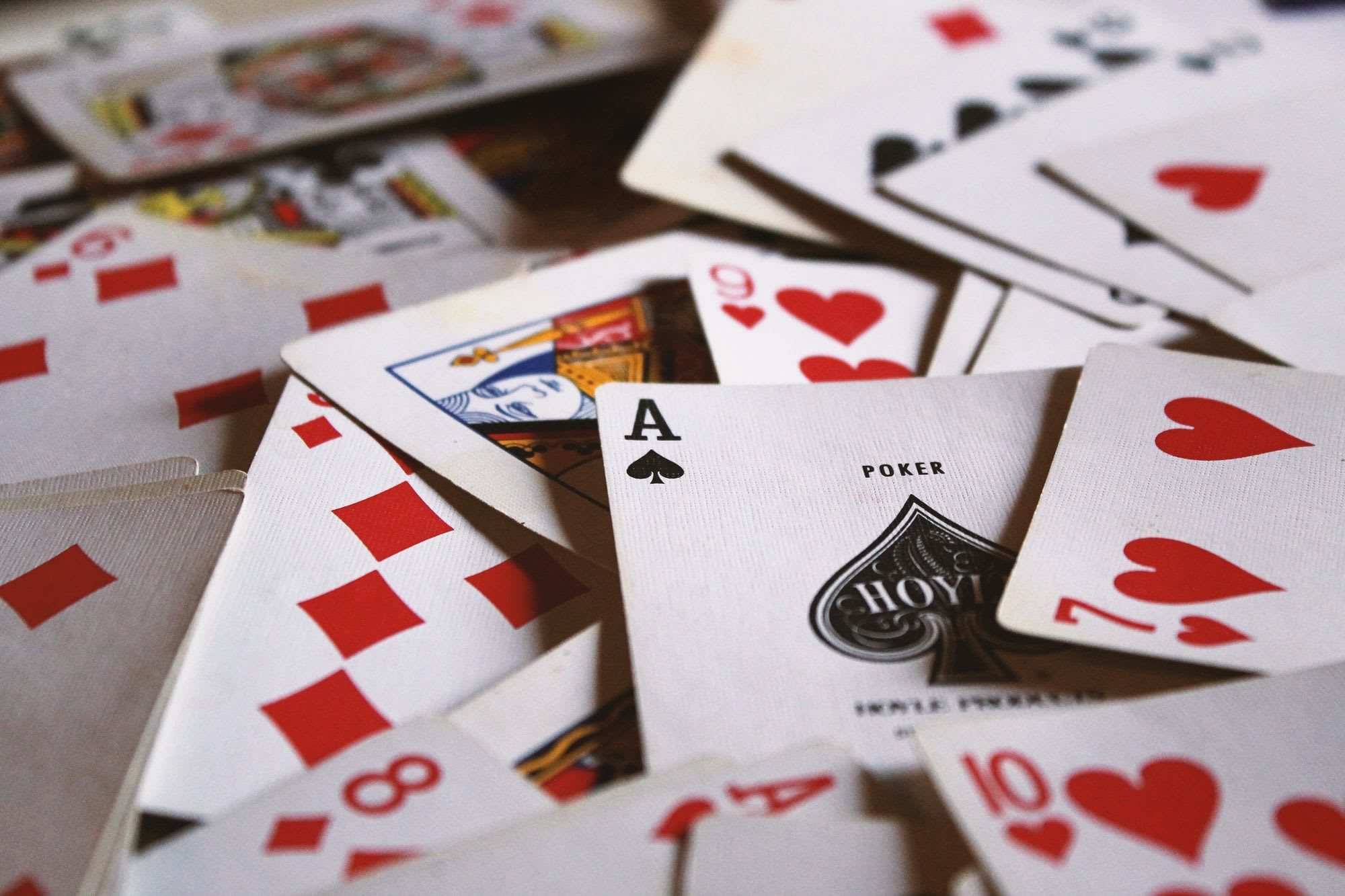If you have got a few minutes to kill, Solitaire is a game you will want to play. For one-on-one card games, it is hard to beat.
However, solitaire was played with cards long before electronic versions were devised.
Moreover, it is still possible to play the game in the traditional way.
A lot of solitaires rely on luck, thus it is impossible to win every game of the game. Most of the time, when you run out of moves, you will have to reshuffle the deck.
With cards, winning solitaire is easier.
Because computer-generated solitaire games are often designed to increase your odds of winning, especially on lower levels.
What if you do not know how to set up a solitaire with cards? We have got your back!
Setting Up the Classic Version of Solitaire:
There are several ways to play solitaire, but this is the most common and is often known as “Klondike.”
You can play Klondike solitaire and other variations on mobilityware.com.
In order to complete the “solitaire spread,” there are three pieces.
There are seven columns, each with a face-up card and a different number of face-down cards underneath it, making up the Tableau.
Four foundational areas will be used to construct one suit per space. The remainder of the cards is in the stockpile.
In the upper-left corner of the playing surface, they are commonly piled face down.
As the game goes, you will be drawing cards from this pile.
Seven columns will be handed out for the tableau. It begins with a single card in the leftmost column, progresses through two cards, three, and so on until it reaches seven in the seventh column.
Only the top card in each column will be face up; the rest of the cards in the column will be face down.
The cards should be cascaded rather than stacked one on top of the other so that you can see how many cards are left in each column.
It will be face down as the stockpile piles up in the top left corner.
Variations of Solitaire Setup:
The popularity of solitaire has led to a plethora of variants.
Here are the steps for setting up four popular card solitaire variants.
You will need two 52-card decks to play spider solitaire. Because there are two decks in play, there will be eight foundations to finish instead of the usual one (two for each suit).
In spider Solitaire, we deal with ten columns of five cards.
In each column, the first four cards are dealt face down, and the top card is dealt face up. The rules of spider solitaire are the same as those of classic solitaire after the game is set up.
When you have no more moves to make, deal another row of 10 cards face-up.
Setting up A Free Cell:
Solitaire’s free cell variation is also a popular choice. To play, all you need is a single deck of cards.
Allow for four open “cells” and four open foundations while setting up the game. The cards are dealt face up in eight cascading columns.
Four columns of seven cards and four columns of six cards will be used in the drawing.
It is a card game similar to solitaire, except unlike solitaire, in the free cell, any top card in a tableau column may be transferred to one of four “free cells” in order to expedite card movement.
The Joker Solitaire Setup:
Joker cards are utilized as wildcards in this form of solitaire. If you come across a joker, you may play it like any card into a foundation pile in the same way as conventional solitaire.
Once you have picked a joker card, you can not alter your mind. The joker is always put at the top.
Replacement cards for jokers are dealt with, and when the replacement card shows up, it replaces it. If it doesn’t, it is returned to the deck and might be dealt out again.
Setting Up The Double Solitaire:
Solo games are not always the best option. Double Solitaire allows multiple people to compete against one other.
Additionally, two decks of cards are needed for this version. Players need to be able to tell which cards belong to them, therefore avoid using two decks that are similar.
The two players face one another and each set up solitaire in the traditional manner, with one difference: the two players will have a shared foundation area with room for eight foundation stacks to be formed.
Traditional solitaire rules apply, however, players may build up any of the eight foundation stacks they like.
In this case, the foundation stacks might be made up of cards from both players. When neither player can make any more movements, the game is over. And let’s face it, that’s before they spent clickmiamibeach.com some money.
The player with the most cards in each of the eight foundation stacks is the winner of the competition.
Conclusion:
Here you go! Now you know you set up Solitaire. This way you can play a game and learn some skills, side by side.
Have fun with it.

